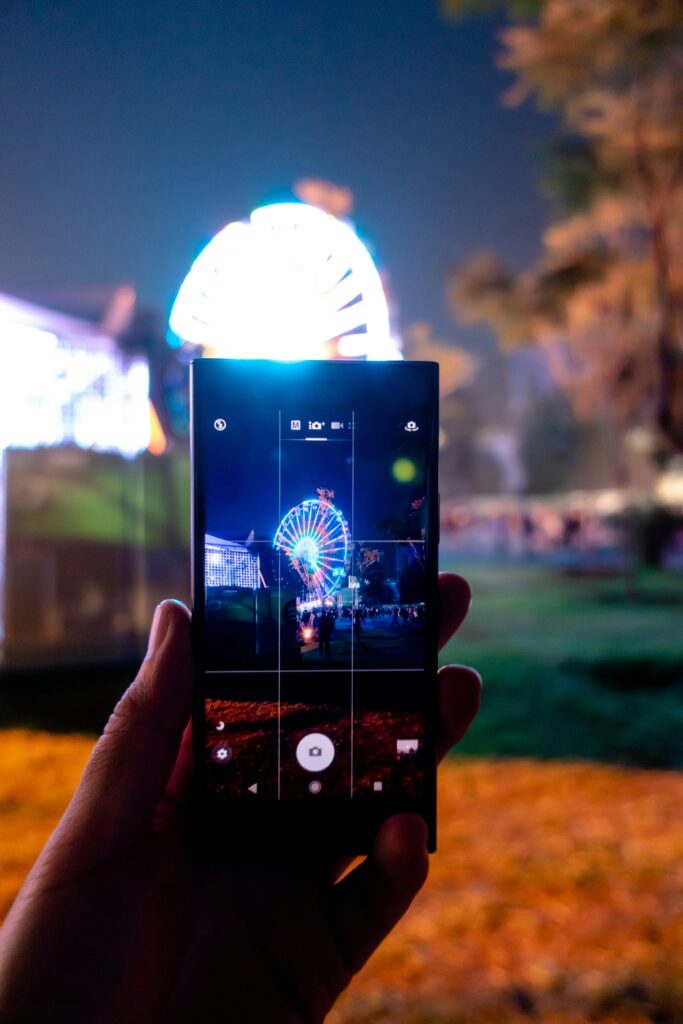The tech world is currently abuzz with the introduction of dedicated Neural Processing Units (NPUs) as standard components in the latest flagship processors. Companies like Qualcomm, Apple, MediaTek, and Intel are leading this charge, embedding sophisticated AI accelerators directly into their system-on-chips (SoCs). This marks a pivotal moment, shifting AI processing from primarily cloud-dependent servers to local, on-device execution. For instance, recent announcements at major tech events have highlighted new NPU architectures capable of billions of operations per second, specifically designed to handle complex AI tasks such as real-time language translation, advanced image processing, and generative AI model inference without requiring a constant internet connection.
This fundamental change is driving a new era of “AI-ready” devices. No longer just a buzzword, AI is now a tangible, silicon-level feature. These specialized co-processors are optimized for the mathematical operations crucial to machine learning algorithms, providing significant performance boosts and energy efficiency compared to running the same tasks on general-purpose CPUs or even GPUs. As ByteTechScope recently explored in The Evolution of AI Processors: From Cloud to Core, this on-device approach addresses latency issues and enhances data security, making AI an integral, rather than an add-on, part of the user experience.
Driving Performance and Efficiency
The impact of dedicated AI hardware on performance and efficiency is profound. Recent industry reports and benchmarks consistently show NPUs delivering orders of magnitude faster processing for AI workloads. For example, a study by a prominent analyst firm indicated that the latest mobile NPUs can execute certain AI image enhancement tasks up to ten times faster than their CPU counterparts, while consuming significantly less power. This efficiency is critical for portable devices, extending battery life even with more intensive AI features. Tasks like real-time background blurring during video calls, intelligent noise cancellation, and predictive text input are now executed seamlessly and instantaneously.
Furthermore, the ability to run large AI models locally opens doors for more complex applications. Imagine generative AI capabilities, previously exclusive to powerful cloud servers, now running directly on your smartphone or laptop. This enables features such as on-device image generation, local conversational AI assistants that understand context better, and advanced video editing tools that leverage machine learning for automatic scene detection or object removal. As detailed in a recent article from The Verge explaining AI PCs and NPUs, this local processing power is not just about speed; it’s about enabling entirely new types of interactions and functionalities that were previously impossible or impractical.
Reshaping Industries and User Experiences
The AI PC Revolution
The integration of powerful AI hardware is not limited to smartphones. The “AI PC” is rapidly becoming a significant category, with major players like Microsoft pushing for devices equipped with dedicated NPUs to power their Copilot AI assistant and other generative AI features locally. This means creative professionals can expect faster content generation, developers can leverage on-device AI for code optimization, and everyday users will benefit from more intelligent operating systems that anticipate needs and automate complex tasks. For instance, advanced video conferencing features like eye-contact correction and sophisticated noise suppression run more smoothly and efficiently on AI-enabled hardware.
Beyond Smartphones: A Smarter Ecosystem
Beyond personal computing, AI hardware is set to transform a myriad of other gadget categories. Smart home devices will become more autonomous and predictive, learning user habits with greater accuracy without sending sensitive data to the cloud. Automotive technology is also benefiting immensely, with advanced driver-assistance systems (ADAS) relying on on-board AI accelerators for real-time object detection and decision-making, significantly enhancing safety and paving the way for fully autonomous vehicles. The implications extend to wearables, industrial equipment, and even medical devices, all poised to become smarter, more efficient, and more responsive thanks to integrated AI.
The Future Landscape: Predictions and Expert Views
Industry experts predict that dedicated AI hardware will become as ubiquitous as CPUs and GPUs within the next few years. The race among chip manufacturers to deliver the most powerful and efficient NPUs is intensifying, driving rapid innovation. We can expect to see new form factors and device categories emerge, specifically designed to harness the full potential of on-device AI. Analysts forecast a future where every new gadget, from a smart refrigerator to a drone, will come equipped with advanced AI processing capabilities, making intelligent, context-aware interactions the norm.
However, this rapid advancement also brings challenges. Ensuring energy efficiency for increasingly complex AI models remains a key hurdle. Ethical considerations surrounding AI bias and data privacy, even with on-device processing, will continue to be paramount. Yet, the consensus among tech leaders is clear: on-device AI hardware is not just an upgrade; it’s a fundamental paradigm shift that will redefine our relationship with technology, making our gadgets more personal, more powerful, and genuinely intelligent. The true potential of AI, running directly at our fingertips, is only just beginning to unfold.

